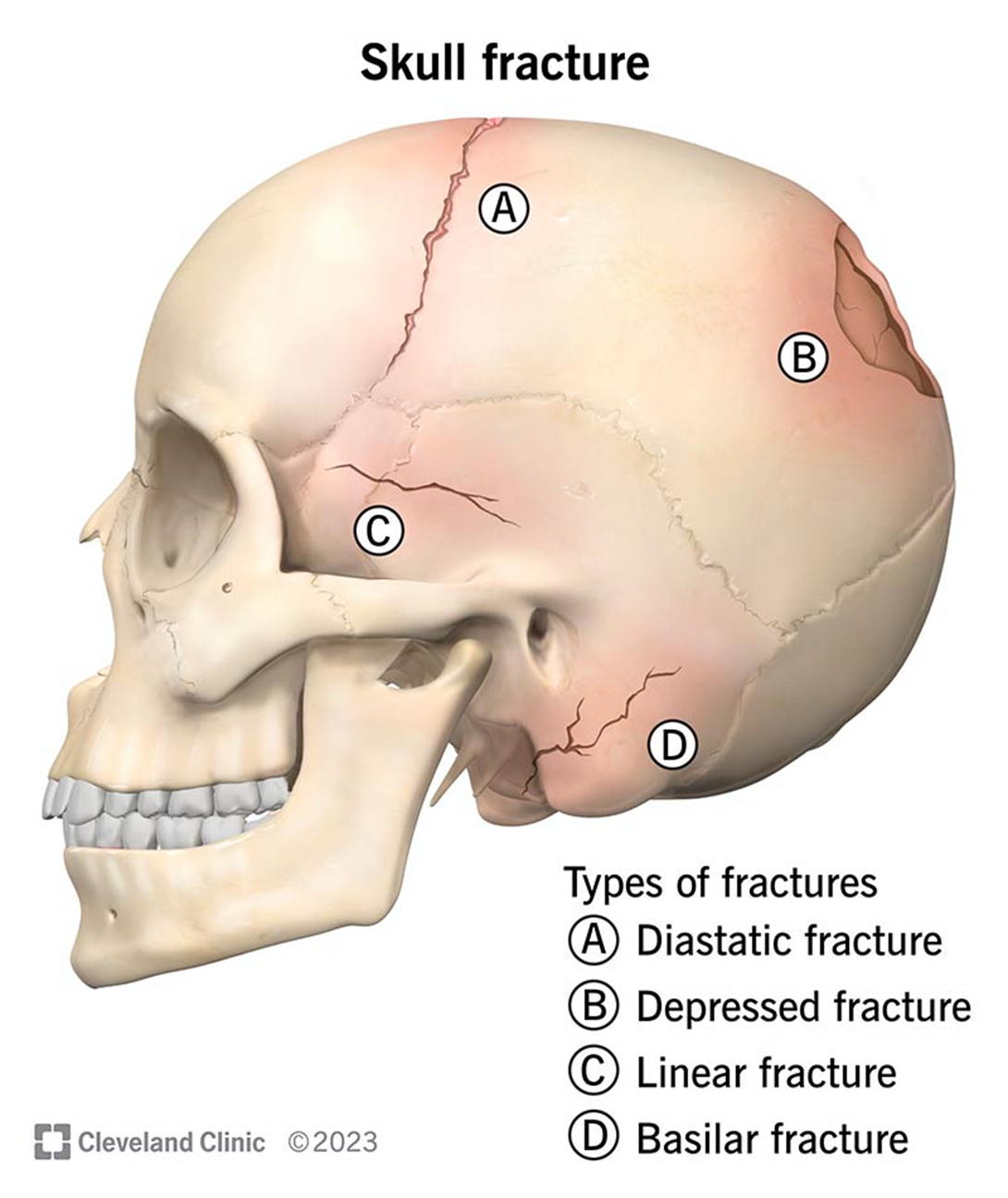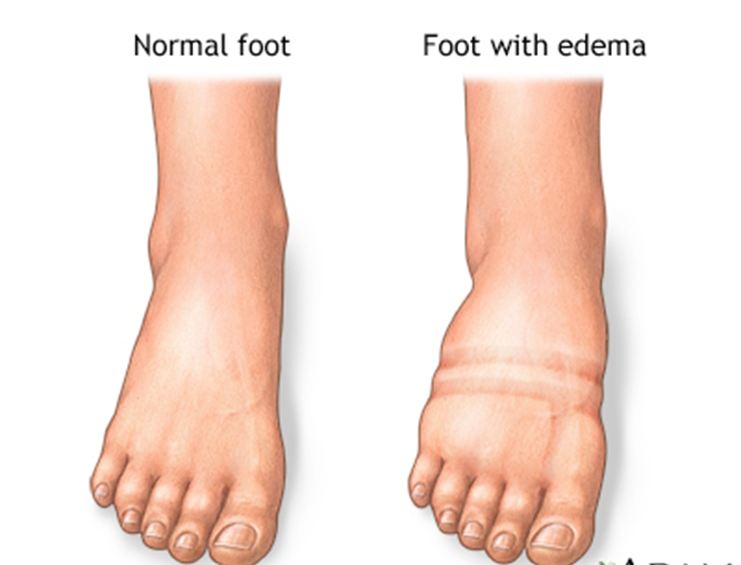The healthcare provider ordered an IV solution for a dehydrated client with a skull fracture. The nurse knows which IV fluid would be contraindicated?
Normal saline
Dextrose in water 5%
Lactated Ringer's (LR)
Dextrose in normal saline
The Correct Answer is B
Choice A reason: Normal saline is not contraindicated for a dehydrated client with a skull fracture. Normal saline is an isotonic solution that has the same concentration of solutes as the blood plasma. It can help restore fluid balance and prevent cerebral edema.
Choice B reason: Dextrose in water 5% is contraindicated for a dehydrated client with a skull fracture. Dextrose in water 5% is a hypotonic solution that has a lower concentration of solutes than the blood plasma. It can cause fluid to shift from the blood vessels into the brain cells, increasing the intracranial pressure and worsening the skull fracture.
Choice C reason: Lactated Ringer's (LR) is not contraindicated for a dehydrated client with a skull fracture. Lactated Ringer's (LR) is an isotonic solution that has the same concentration of solutes as the blood plasma. It can also provide electrolytes such as sodium, potassium, calcium, and lactate, which can help correct acid-base imbalances.
Choice D reason: Dextrose in normal saline is not contraindicated for a dehydrated client with a skull fracture. Dextrose in normal saline is a hypertonic solution that has a higher concentration of solutes than the blood plasma. It can cause fluid to shift from the brain cells into the blood vessels, reducing the intracranial pressure and cerebral edema.

Nursing Test Bank
Naxlex Comprehensive Predictor Exams
Related Questions
Correct Answer is A
Explanation
Choice A reason: This is a correct finding for a client with an obstruction of the common bile duct. Fatty stools are caused by the reduced or absent flow of bile into the intestine, which impairs the digestion and absorption of fats.
Choice B reason: This is not a correct finding for a client with an obstruction of the common bile duct. Tenderness in the left upper abdomen may indicate a problem with the spleen, the stomach, or the pancreas, but not the bile duct.
Choice C reason: This is not a correct finding for a client with an obstruction of the common bile duct. Ecchymosis of the extremities is a bruising of the skin due to bleeding under the surface. It may be caused by trauma, medication, or bleeding disorders, but not by bile duct obstruction.
Choice D reason: This is not a correct finding for a client with an obstruction of the common bile duct. Pale-colored urine is a sign of dilute or low concentration of urine, which may be caused by excessive fluid intake, diabetes insipidus, or kidney failure, but not by bile duct obstruction.
Correct Answer is C
Explanation
Choice A reason: This is not a correct finding for hypervolemia. Hypotension is a low blood pressure, which can be caused by hypovolemia (low blood volume) or other factors. Hypervolemia is an excess of fluid in the body, which can increase the blood pressure.
Choice B reason: This is not a correct finding for hypervolemia. Bradycardia is a slow heart rate, which can be caused by heart block, medication, or other factors. Hypervolemia can cause tachycardia (fast heart rate) as the heart tries to pump the excess fluid.
Choice C reason: This is a correct finding for hypervolemia. Peripheral edema is a swelling of the extremities due to fluid accumulation in the tissues. Hypervolemia can cause peripheral edema as the fluid leaks from the blood vessels into the interstitial spaces.
Choice D reason: This is not a correct finding for hypervolemia. Weight loss is a decrease in body weight, which can be caused by dehydration, malnutrition, or other factors. Hypervolemia can cause weight gain as the body retains more fluid.

Whether you are a student looking to ace your exams or a practicing nurse seeking to enhance your expertise , our nursing education contents will empower you with the confidence and competence to make a difference in the lives of patients and become a respected leader in the healthcare field.
Visit Naxlex, invest in your future and unlock endless possibilities with our unparalleled nursing education contents today
Report Wrong Answer on the Current Question
Do you disagree with the answer? If yes, what is your expected answer? Explain.
Kindly be descriptive with the issue you are facing.
